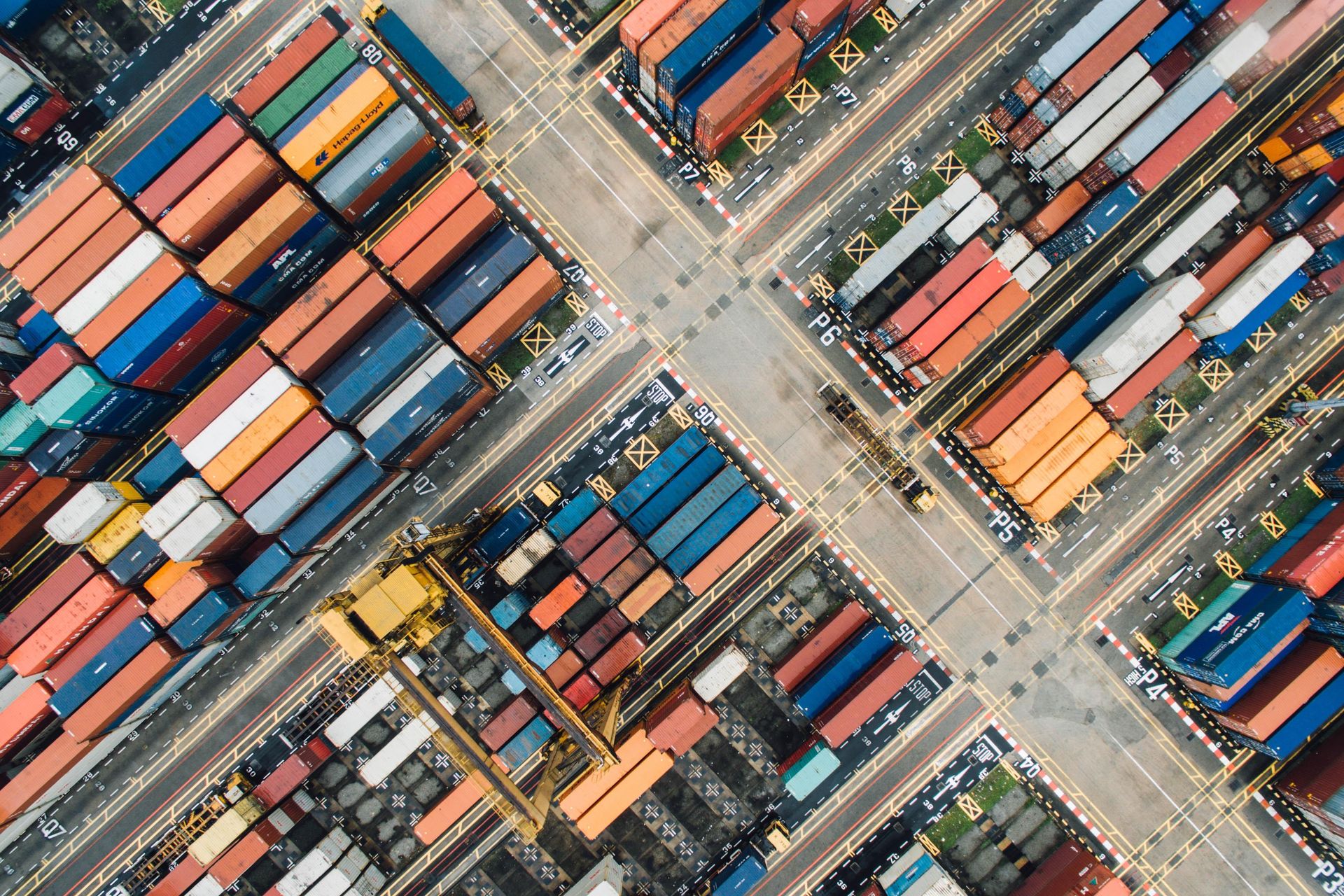While the historic Silk Road connected East Asia to the Mediterranean by land via Central Asia, the new project extends the terrestrial and maritime connections of several economic and trade corridors between China, Asia, the Middle East, Europe and Africa. It links around 68 countries and includes in total 65 per cent of the world population, which generated around 40 per cent of the global gross national product in 2017.
One of the main goals of the New Silk Road is to develop infrastructure in order to close a global investment gap. According to estimates from McKinsey, the global demand for infrastructure investments was approximately 3.3 trillion U.S. dollars annually between 2016 and 2030. If the current global investments are maintained, a global investment gap of around 5.2 trillion U.S. dollars will arise within this period. Sectors such as transport, energy, water and telecommunications -the core sectors of the New Silk Road- will be the most heavily impacted. There is a particularly high need for infrastructure investments from the developing countries of Asia, totalling around 26 trillion U.S. dollars from 2016 to 2030, according to the Asian Development Bank (ADB).

On the one hand, the initiative around these huge infrastructure investments offers tremendous growth potential in a multipolar world for all participating countries. On the other hand, it is as yet unclear how such a huge project can be financed. What are the opportunities and risks in financing the New Silk Road, and in particular the financing of infrastructure projects? For one thing, the Chinese government has provided substantial funds via various national and multilateral institutions. For another, there are substantial risks inherent in this financing. The immense financing needs pose an enormous challenge for many countries that are already heavily in debt, such as Tajikistan, Kirgizstan, Mongolia and Pakistan.
Furthermore, the financing of infrastructure projects already involves significant risks. Infrastructure projects are often very complex and include a large number of stakeholders. In addition, they can take several years to generate profits. The initial phase is extremely risky since investment costs as well as failure rates are so high. This is the case for investments in road networks, water supply and wastewater disposal infrastructure, for example. As a result, financing projects in this sector are only amortised over long periods of time.

Multilateral Development Banks
According to the OECD, the Chinese government previously financed the New Silk Road mainly with the assistance of the biggest Chinese state commercial banks, such as the Exim Bank of China, the China Development Bank as well as the Industrial and Commercial Bank of China. These Chinese state banks are able to provide the vast sums of money required to finance this huge project. But there are risks involved in financing via Chinese state banks because they have a high proportion of bad, non-repayable loans in their portfolio.
Moreover, the Chinese government founded the New Silk Road Fund in December 2014 for the financing of infrastructure projects. It also created the Asian Infrastructure Investment Bank (AIIB) in 2015 as the majority shareholder with an equity of around 30 per cent. Furthermore, China -along with Brazil, Russia, India and South Africa- is one of the five shareholders of the New Development Bank (NDB), which also came into operation in 2015. Both of these multilateral development banks are focused on infrastructure plans.
Multilateral Development Banks (MDB) play a unique and essential role in the financing of infrastructure projects because they can provide certain advantages for the special financing needs of infrastructure investments. MDBs bring financial resources together with specialised knowledge and regional expertise in the implementation of infrastructure projects. MDBs are also able to offer long-term financial resources under affordable conditions. Private commercial banks, on the other hand, are only able to offer financing under market conditions, if at all, due to the high risks inherent in infrastructure projects. According to the ADB, MDBs already finance 2.5 per cent of the infrastructure projects in the developing countries of Asia. Not including China and India, the share of MDB financing in infrastructure projects in these countries is greater than 10 per cent. Within this context, the ADB is a key player in Asia. In the future it intends to increase spending on infrastructure projects by 50 per cent by 2020; from 14 billion U.S. dollars in 2014 to more than 20 billion U.S. dollars in 2020.
Like the ADB, the two new multilateral development banks, the AIIB and the NDB, are directing their focus on infrastructure financing. As such they will also help close the financing gap for infrastructure projects in developing and emerging countries. Although their current financing volume for infrastructure projects is still relatively low compared to the ADB, they still offer a strong investment potential for the relevant regions. Their current equity of 150 billion U.S. dollars is comparable to that of the ADB (151 billion U.S. dollars in 2017). In addition, the new MDBs will take advantage of co-financing opportunities with national development banks and other MDBs. But the financing of infrastructure projects in the countries participating in the New Silk Road through the new multilateral development banks also poses certain risks. For example, it is unknown whether the new MDBs, of which China is a major stakeholder, do in fact comply with adequate environmental and social standards.
Overall, the provision of enormous Chinese financing resources for infrastructure projects will help close the infrastructure gaps in the participating countries. However, the foreign financing of infrastructure projects by other countries should be approached with caution. If other countries acquire property rights through investments in infrastructure projects, they will be able to exert a significant economic influence. It remains to be seen whether all the countries involved will benefit equally from the New Silk Road.

About the Author:
Dr. Kathrin Berensmann is Senior Researcher of the research programme "Transformation of Economic and Social Systems" at the German Development Institute / Deutsches Institut für Entwicklungspolitik (DIE).

